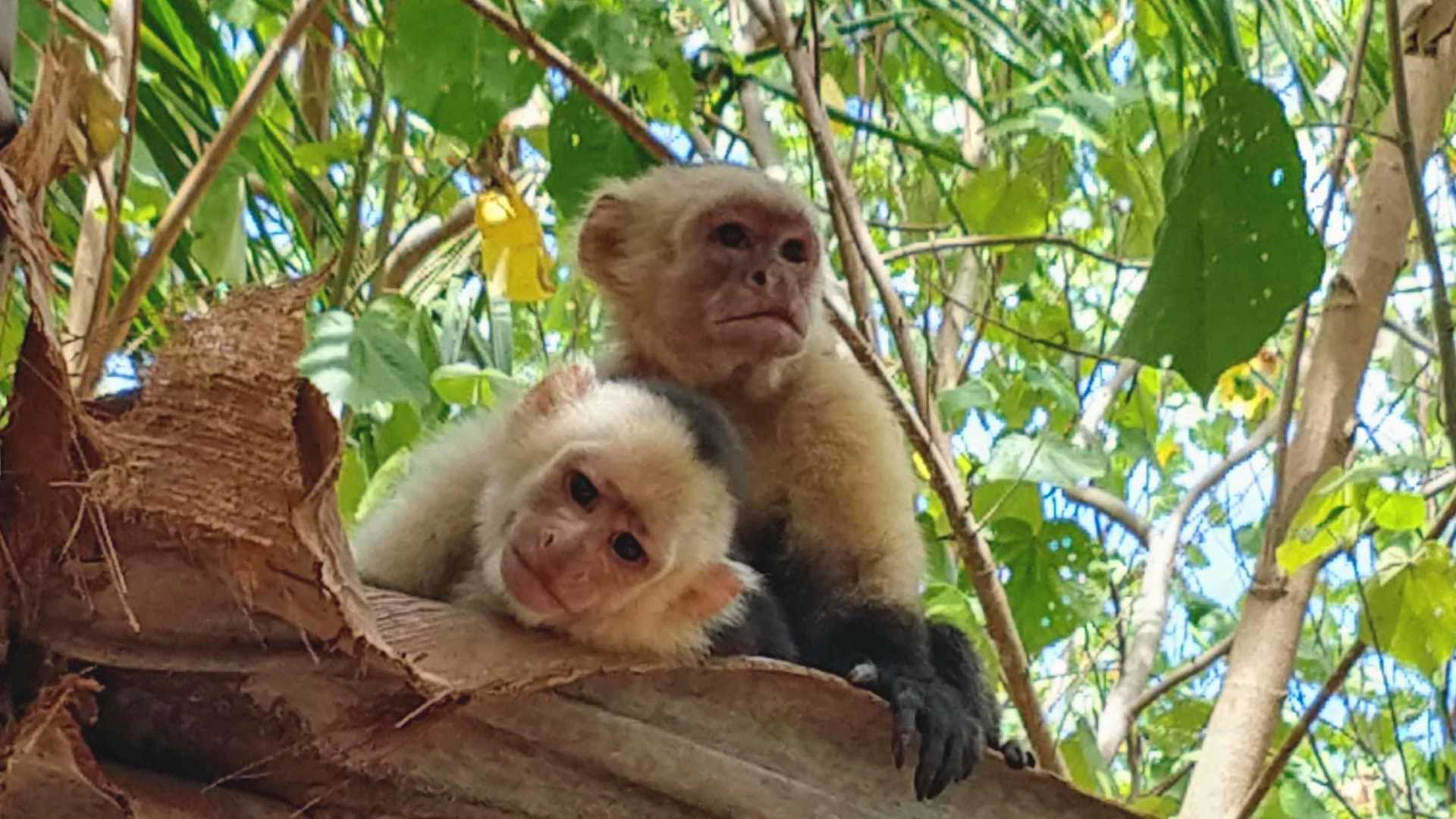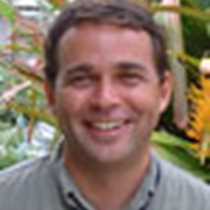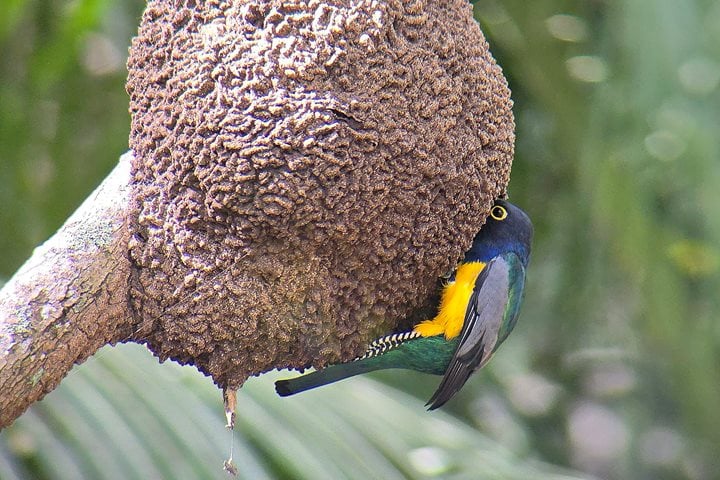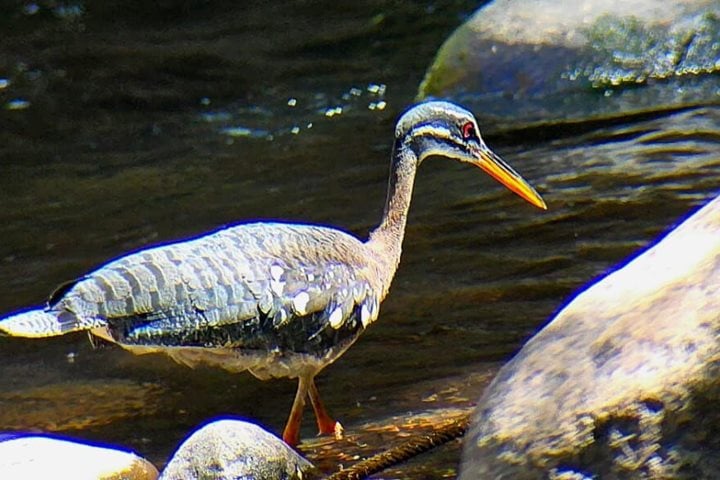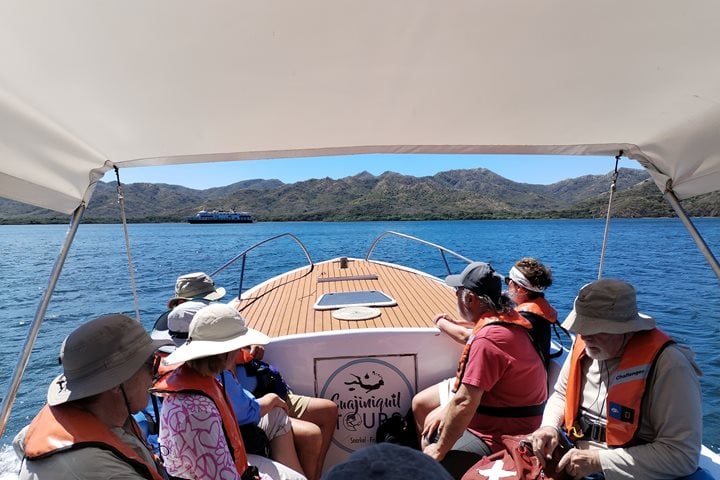Costa Rica has many very successful stories related to initiatives to protect our flora and fauna. On the southern end of the Nicoya Peninsula in 1963, a Swedish couple, Karen & Olof Wessberg, encouraged the creation of the first officially protected area in Costa Rica, Cablo Blanco Absolute Reserve. Starting in the 1970s, other conservation projects associated with our federal government and private territories added buffer zones and biological corridors to the newly created national parks.
Among those private sectors on the Nicoya Peninsula, the Schutt-Croix family purchased land with the main intention to farm it. After realizing the natural beauty of the mangroves and forest, they decided to set aside several hundred hectares for pure conservation. On this property, Curu Wildlife Refuge, wildlife can migrate between the mangrove vegetation at sea level to around 1,000 feet above sea level. Curu has an area of 1,416 hectares, and 70% is devoted to conservation.
White-throated capuchin monkeys were the stars of the day. We observed at least three different troops during our walks. We also enjoyed incredible sightings of northern tamandua anteaters, white-nosed coatimundis, crab-eating raccoons, mantled howler monkeys, and white-tailed deer, a national symbol for Costa Rica. All of these observations were fantastic additions to our morning walk on Curu Wildlife Refuge.
Later in the day, biologist Maguil Céspedes offered a great presentation that provided insight into his work with the people of the mangroves at Isla Chira inside the Gulf of Nicoya. The galley made preparations to serve a farewell dinner on the beach with a barbecue on Tortuga Island. The evening was splendid. We all gathered on the beach to enjoy our last hours onboard National Geographic Quest as our fantastic exploration of Northwest Costa Rica draws to a close.

